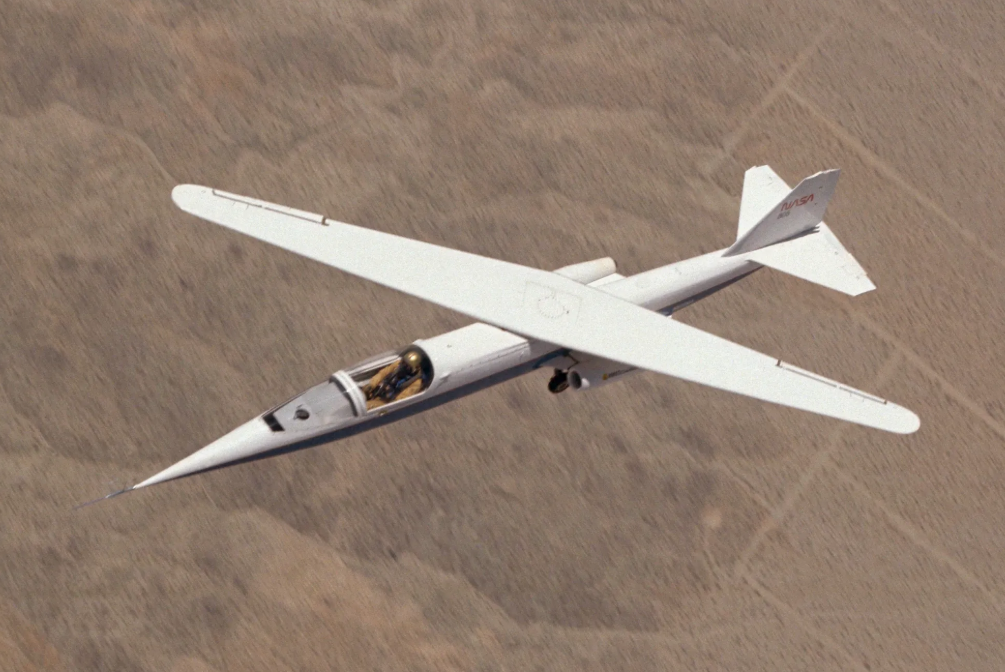Whether it is Xiaomi, Alibaba, BYD or its AI model DeepSeek, China is a known disruptor in technology and too at affordable prices. The dragon nation is also recognised widely for its defence spending, which is the second largest in the world, after the United States. China is now learning to be working on a new-age drone technology that can conduct swarm attacks on enemy infrastructure.
Initial reports suggests that this new hypersonic drone carrier ship could carry up to 2000 kg weight and deploy 16-18 high-speed drones for swarm attacks on important enemy installations like their communication hubs, radar installations, or command centres, even before defences can react.
For this technology, China might be reintroducing a lost tech that US space agency NASA had once designed and used. Aerospace engineers in Beijing are working on a decades-old, largely abandoned aviation concept – the oblique rotating wing. This isn’t anticipated to be another run of the mill concept.
What is China’s new hypersonic drone carrier project?
Capable of becoming the cornerstone of future warfare, China plans to make an unstaffed hypersonic drone carrier with which would be capable of flying at five times the speed of sound and unleashing a swarm of drones behind enemy lines. If it succeeds, Beijing stands a good chance of gaining an upper hand against the enemy.
According to a report in South China Morning Post, this drone mother ship would have a payload capacity of 2000 kg and would be able to deploy 16 to 18 autonomous, high-speed drones for swarm attacks on critical enemy infrastructure. Not just this, but it would also be capable of returning and landing at a home base under “fully autonomous control”.
Notably, this project is drawing inspiration from NASA’s AD-1 experimental aircraft of the 1970s, which had oblique wings. The Ames-Dryden AD-1 was designed to investigate the concept of an oblique (or pivoting) wing, with the wing able to rotate on its center pivot so that it could be set at its most efficient angle for the speed at which the airplane was flying.

Is China brining NASA’s ‘scissor wing’ dream to life finally?
Current aircrafts don’t have what NASA had called “scissor wings” when it flew its experimental aircraft AD-1. Now, researchers in China have reimagined the oblique wing as the key to solving one of aerospace engineering’s most daunting challenges – efficient, stable flight across the entire speed spectrum.
The design envisioned by Chinese engineers has a single, centrally mounted wing that rotates up to 90 degrees, unlike conventional aircraft, which must compromise between low-speed lift and high-speed drag, or swing-wing fighters. This design is being advanced as a platform for a new kind of strategic weapon – a hypersonic drone carrier.
China’s hypersonic drone carrier would operate near the edge of space, 30km above the Earth.
“Compared to mainstream morphing configurations such as variable-sweep wings, the oblique wing aircraft features a relatively simpler structural design. The wing remains a single integrated component, and the wing box located at the centre of the configuration stays intact, providing significantly better load-bearing performance than conventional variable-geometry designs,” said Professor Ma Yiyuan of Northwestern Polytechnical University, in a peer-reviewed paper published in a Chinese journal.
It holds a distinct advantage in structural strength. In recent years, more domestic research efforts have been made in China to investigate the aerodynamic properties of oblique wing aircraft, the team added.
What went wrong with NASA’s AD-1 aircraft design?
While it was futuristic in itself, especially during the 70s when there were a lot of technological challenges, the AD-1 design was too simple. According to simulations, during the critical transonic transition, shock waves shift rapidly along the wing, causing the aerodynamic centre to move forward and inducing a dangerous nose-down pitching moment.
If left uncorrected, this would have been the reason for the aircraft’s uncontrollable dive. AD-1 flew at NASA’s Dryden (now Armstrong) Flight Research Centre between 1979 and 1982.